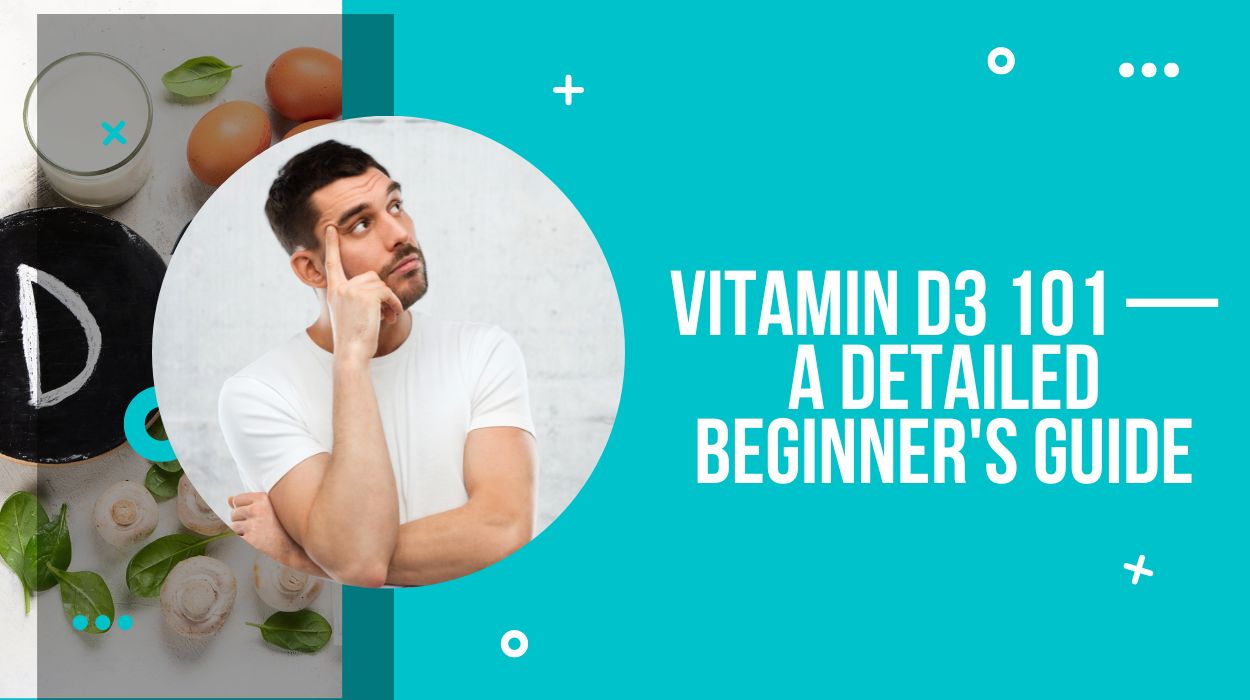Vitamin D has made a stunning return to the health market since a may 22, 2020 release from the National Academy of Medicine demonstrated the correlation between low levels of this vitamin and mortality from Covid-19. But what is it for and what is the best way to supplement yourself?
Since a link between vitamin D deficiency and severe forms of covid-19 was established by a hundred European experts, cholecalciferol supplementation (vitamin D3) is highly recommended. Not a luxury, since according to several health organizations, 80% of French people are deficient in vitamin D.
For a long time, rare and poorly dosed prescriptions
If, about twenty minutes of exposure to solar radiation can naturally synthesize this vitamin, present in our fat cells, the low sunlight in our latitudes as well as an unbalanced diet explain this alarming figure. Hence the need for additional input.
Until then, prescriptions in this area were almost exclusively for seniors over 65 years of age to combat bone demineralization, at a single dose and highly dosed (100,000 IU) per trimester and only during the winter months. However, it has been shown that absorption in this form follows a steeply rising curve that drops back to the initial level within two weeks.
The virtues of vitamin D3
The new requirements in this area therefore encourage supplementation all year round, at a rate of 400 to 800 IU/day. Because vitamin D3, in addition to maintaining the balance of phosphorus and calcium required for bone formation, strengthens immunity and muscle strength, improves cognitive function (which helps fight depression) and would also protect against cardiovascular and lung diseases.
Oily forms increase bioavailability, i.e. the ability of the body to absorb a substance rapidly. If it has been proven that animal forms such as lanolin, fat taken from sheep’s wool, were the most suitable, it is because of its substance and the fact that the vitamin extracted from plants contained only vitamin D2 whose active ingredient, ergocalciferol would be much less assimilated and converted into the body.
The northern lichen, a gifted little one packed with vitamin D3
But the discovery of the northern lichen changed the game. Growing wild in Scandinavia, but also in Ireland and Canada, this small dishevelled plant has developed a prodigious ability to produce the nutrients it needs to survive in these extreme climates, including a high vitamin D3 (cholecalciferol) content with remarkable bioavailability. To date, it is the only plant that provides the supplementation we need. In addition to this content that interests us here, the boreal lichen is full of virtues since it can cure respiratory ailments, but also peptic ulcers. And to preserve it allowing time to grow and develop all its resources, it is harvested seasonally.
How to potentiate the absorption of Vitamin D3 from the boreal lichen
Rather than synthetic vitamin D3 (adjuvant that asks questions) or processed sheep’s wool (especially since intensive mowing is cruel and most often fatal), it is this source of vitamin D3 that is preferred. To promote the bioavailability of this little prodigy, phytosterols are indicated as an associate. These plant lipids, whose structure is similar to that of cholesterol, are present in oils (avocado, rapeseed, olive) also help to lower LDL cholesterol (called “bad cholesterol”). Of course, we choose organic oils. In a vial, a pipette can drip (between 1 and 5/day depending on the indications) our daily vitamin D3 supplementation.


